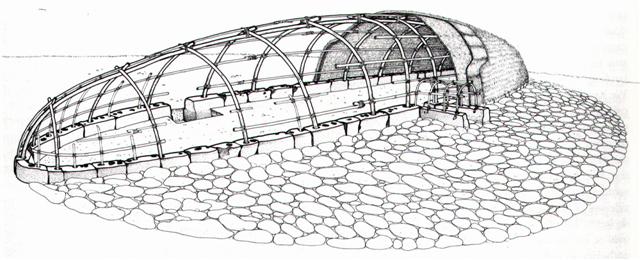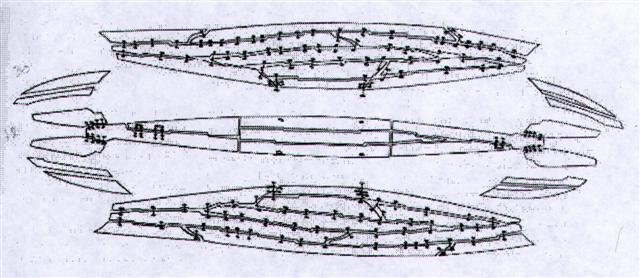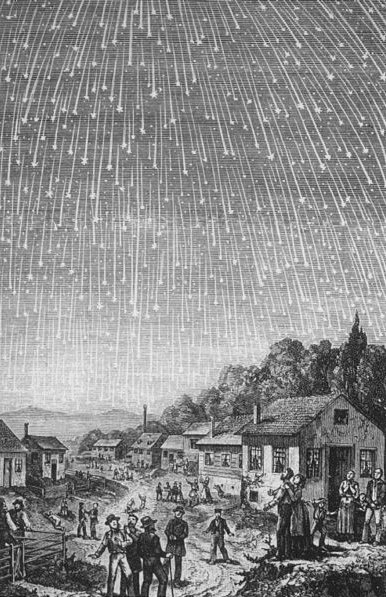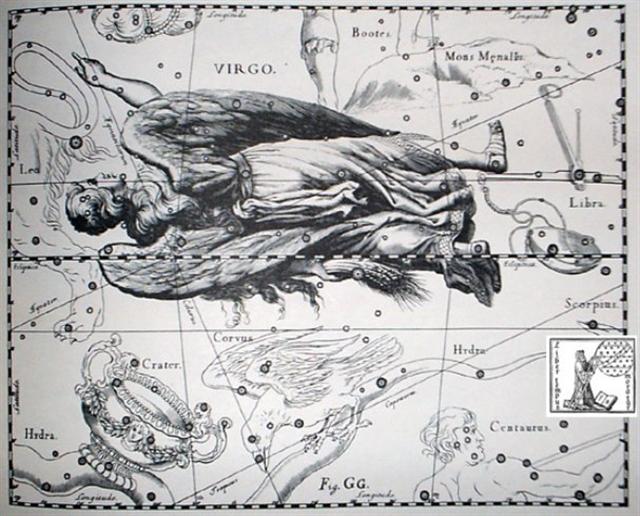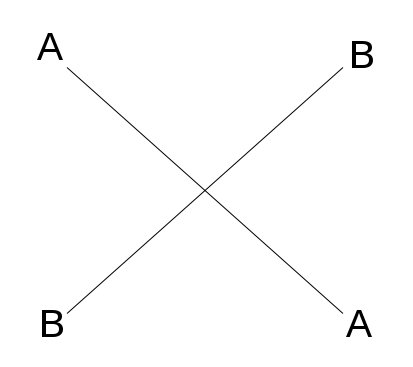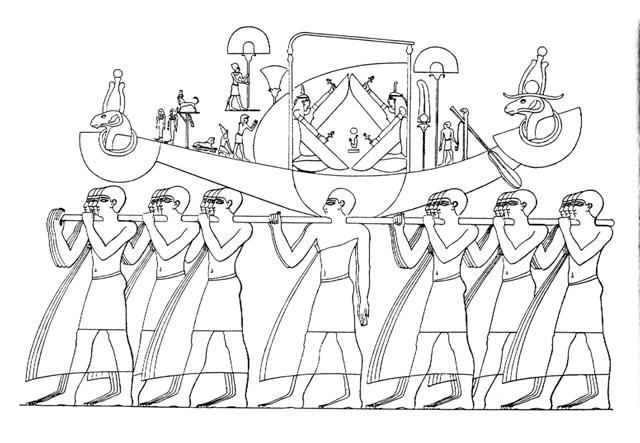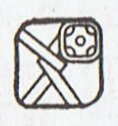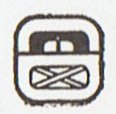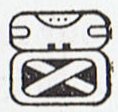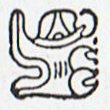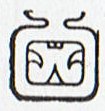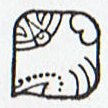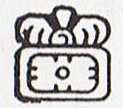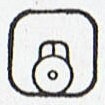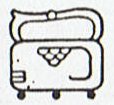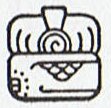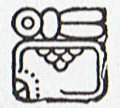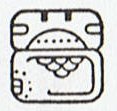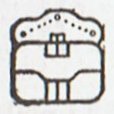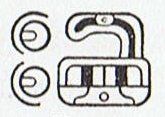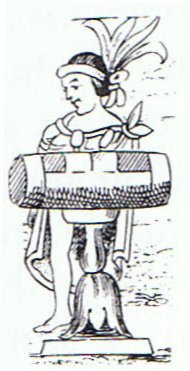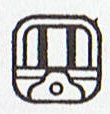135. Once again. According to the Hindu nakshatra system Zuben Elgenubi marked a place which was 'forked':
This place was a 'change station'. When at the time of rongorongo the Sun was in October 31 (304) it could have been deduced by looking at the Full Moon who was at the star Bharani at the place which corresponded to heliacal May 1 (121 - 80 = *41) half a year earlier / later. I.e., *41 + 183 = *224 (October 31, 304). ... Men's spirits were thought to dwell in the Milky Way between incarnations. This conception has been handed down as an Orphic and Pythagorean tradition fitting into the frame of the migration of the soul. Macrobius, who has provided the broadest report on the matter, has it that souls ascend by way of Capricorn, and then, in order to be reborn, descend again through the 'Gate of Cancer'. Macrobius talks of signs; the constellations rising at the solstices in his time (and still in ours) were Gemini and Sagittarius: the 'Gate of Cancer' means Gemini. In fact, he states explicitly (I,12.5) that this 'Gate' is 'where the Zodiac and the Milky Way intersect'. Far away, the Mangaians of old (Austral Islands, Polynesia), who kept the precessional clock running instead of switching over to 'signs', claim that only at the evening of the solstitial days can spirits enter heaven, the inhabitants of the northern parts of the island at one solstice, the dwellers in the south at the other ... Considering the fact that the crossroads of ecliptic and Galaxy are crisis-resistant, that is, not concerned with the Precession, the reader may want to know why the Mangaians thought they could go to heaven only on the two solstitial days. Because, in order to 'change trains' comfortably, the constellations that serve as 'gates' to the Milky Way must 'stand' upon the 'earth', meaning that they must rise heliacally either at the equinoxes or at the solstices. The Galaxy is a very broad highway, but even so there must have been some bitter millenia when neither gate was directly available any longer, the one hanging in midair, the other having turned into a submarine entrance ... And the distance from Zuben Elgenubi to Vrischika was *241 - *224 = *17 right ascension days. Therefore November 17 was 200 (= 183 + 17) days after May 1. ... Today the flies have arrived outside, I notice. Evidently I am living synchronously, because there are 100 days ahead to day 288 = 88 (referring to the House of the Giant at the time of rongorongo) + 200. July 7 (188) = October 15 (288) - 100 ... There was an opening in the Clam (or Turtle), which created an addition with 16 days. 354 + 16 = 370 and 2 * 370 = 740 'happens to be' the number of glyphs on the C tablet. ... their separation from the sun is just beyond the minimum distance 16░ that a star may be from the sun and still be visible ...
384 + 16 = 400 and *23 (Achernar) + 16 = *39 (Head of the Fly):
At Bharani the sky roof was overturned as when a canoe was drawn up on dry land to become a house.
... The first god's house in the temple was the body of Ta'aroa's own person, and it became a model for all other god's houses. One day Ta'aroa let himself go into a trance and his spirit stood away in space while his body floated in the sea, then he said to his daughters: 'Oh, girls! How many canoes are there at sea?' And the daughters replied: 'It is like one, it is like one!' Then Ta'aroa's spirit said: 'Who can it be?' And they answered: 'It is thyself assuredly!' ... ...After the food supplies had been brought on land, the two rulers, the king and the queen said, 'Drag the canoes on land and take them apart (so the wood can be used) to build houses and cover the roofs!' They dragged the two canoes on land and took them apart. After they had finished disassembling the canoes, Nuku covered all the houses ... [E:84]
... The sky that floats above the earth, // great Rangi nui, the spread-out space, dwelt with the red glow of dawn // and the moon was made; the great sky above us // dwelt with the shooting rays and the sun sprang forth, // they were thrown up above us as the chief eyes of heaven.
Then the heavens became light, // the early dawn, the early day, // the mid-day, the blaze of day from sky. Then Rangi nui, the Sky, dwelt with Papa tu a nuku, the Earth, and was joined to her, and land was made. But the offspring of Rangi and Papa, who were very numerous, were not of the shape of men, and they lived in darkness, for their parents were not yet parted. The Sky still lay upon the Earth, no light had come between them. The heavens were ten i number, and the lowest layer, lying on the Earth, made her unfruitful. Her covering was creeping plants and rank low weed, and the sea was all dark water, dark as night. The time when these things were seemed without end, as it is stated in the tradition: From the first division of time unto the tenth, and to the hundredth, and to the thousandth, all was barren, and in vain did she seek her offspring in the likeness of the day, or of the night ...
Hevelius evidently suggested an inversion at the end of Virgo, because here he had pictured her with back side towards us and with the heel of her right foot touching the Beam of Libra - making this 'double-canoe' heel over - whereas we saw in his illustration of Libra how Virgo was facing us and with the tip of her right foot toe was making the Balance tip over:
... With the two axes, which were later brought by the Maoris from their far western homeland and used for 'felling' the tempests on some of their famous voyages, Tane severed the arms of his father Rangi. By the powerful incantations of another brother Tane raised Rangi high above the earth, where he still floats. Then Rangi lamented for his wife and his tears fell incessantly while Papa, with her youngest godling still at the breast, moaned and stormed at the cruelty of her sons. Clouds, mists, rain, frost, and driving snow enveloped earth and sky to the great discomfort of the gods. To remedy the situation they turned Papa over so that she faced the Underworld and could no longer look up at Rangi. Thus the youngest child grew up to manhood in the region beneath the earth and became the ruler of earthquakes and volcanic fires with which he still wages war on the upper world in revenge for the inhuman treatment of his parents ... The Night Owl (Noctua) represented the place at the Tail of Hydra and south of the equator this Noc-tua (probably corresponding to the Egyptian night sky Nu-t) seems to have become Tua-nuku (the back side, tua, of the overturned Earth Mother, Papa):
In other words, the night side 'house of the god' was turned around to become a canoe in the south. And vice versa.
The Night Owl ought to correspond to the Mayan month Moan, where 'the beak' closed and daylight flew away, 220 days after it had opened to call out in Zotz:
One of the legs of Mother Moon (Paxi-mama) is here above shown hidden by what seems to be a divine drum resting on an upside down wooden 'helmet'. ... The four males and the four females were couples in consequence of their lower, i.e. of their sexual parts. The four males were man and woman, and the four females were woman and man. In the case of the males it was the man, and in the case of the females it was the woman, who played the dominant role. They coupled and became pregnant each in him or herself, and so produced their offspring. But in the fullness of time an obscure instinct led the eldest of them towards the anthill which had been occupied by the Nummo. He wore on his head a head-dress and to protect him from the sun, the wooden bowl he used for his food. He put his two feet into the opening of the anthill, that is of the earth's womb, and sank in slowly as if for a parturition a tergo. The whole of him thus entered into the earth, and his head itself disappeared. But he left on the ground, as evidence of his passage into that world, the bowl which had caught on the edges of the opening. All that remained on the anthill was the round wooden bowl, still bearing traces of the food and the finger-prints of its vanished owner, symbol of his body and of his human nature, as, in the animal world, is the skin which a reptile has shed ... The 'son of life' (Tammuz, Dumuzi, Thamus, etc.) had to die. Obviously there cannot be life without death: ... The father of Aemilianus the orator, to whom some of you have listened, was Epitherses, who lived in our town and was my teacher in grammar. He said that once upon a time in making a voyage to Italy he embarked on a ship carrying freight and many passangers. It was already evening when, near the Echinades Islands, the wind dropped and the ship drifted near Paxi. Almost everybody was awake, and a good many had not finished theire after-dinner wine. Suddenly, from the island of Paxi was heard the voice of someone loudly calling Thamus, so that all were amazed. Thamus was an Egyptian pilot, not known by name to many on board. Twice he was called and made no reply, but the third time he answered; and the caller, raising his voice, said, 'When you come opposite to Palodes, announce that Great Pan is dead.' On hearing this, all, said Epitherses, were astounded and reasoned among themselves whether it were better to carry out the order or to refuse to meddle and let the matter go. Under the circumstances Thamus made up his mind that if there should be a breeze, he would sail past and keep quiet, but with no wind and a smooth sea about the place he would announce what he had heard. So, when he came opposite Palodes, and there was neither wind nor wave, Thamus from the stern, looking toward the land, said the words as he heard them: 'Great Pan is dead'. Even before he had finished there was a great cry of lamentation, not of one person, but of many, mingled with exclamations of amazement. As many persons were on the vessel, the story was soon spread abroad in Rome, and Thamus was sent for by Tiberius Caesar. Tiberius became so convinced of the truth of the story that he caused an inquiry and investigation to be made about Pan; and the scholars, who were numerous at his court, conjectured that he was the son born of Hermes and Penelope ...
In the C text the silent bird was placed as glyph number 13 * 31 = 403:
|
|||||||||||||||||||||||||||||||||||||||||||||||||||||||||||||||||||||||||||||||||||||||||||||||||||||||||||||||||||||||||||||||||||||||||||||||||||||||||||||

